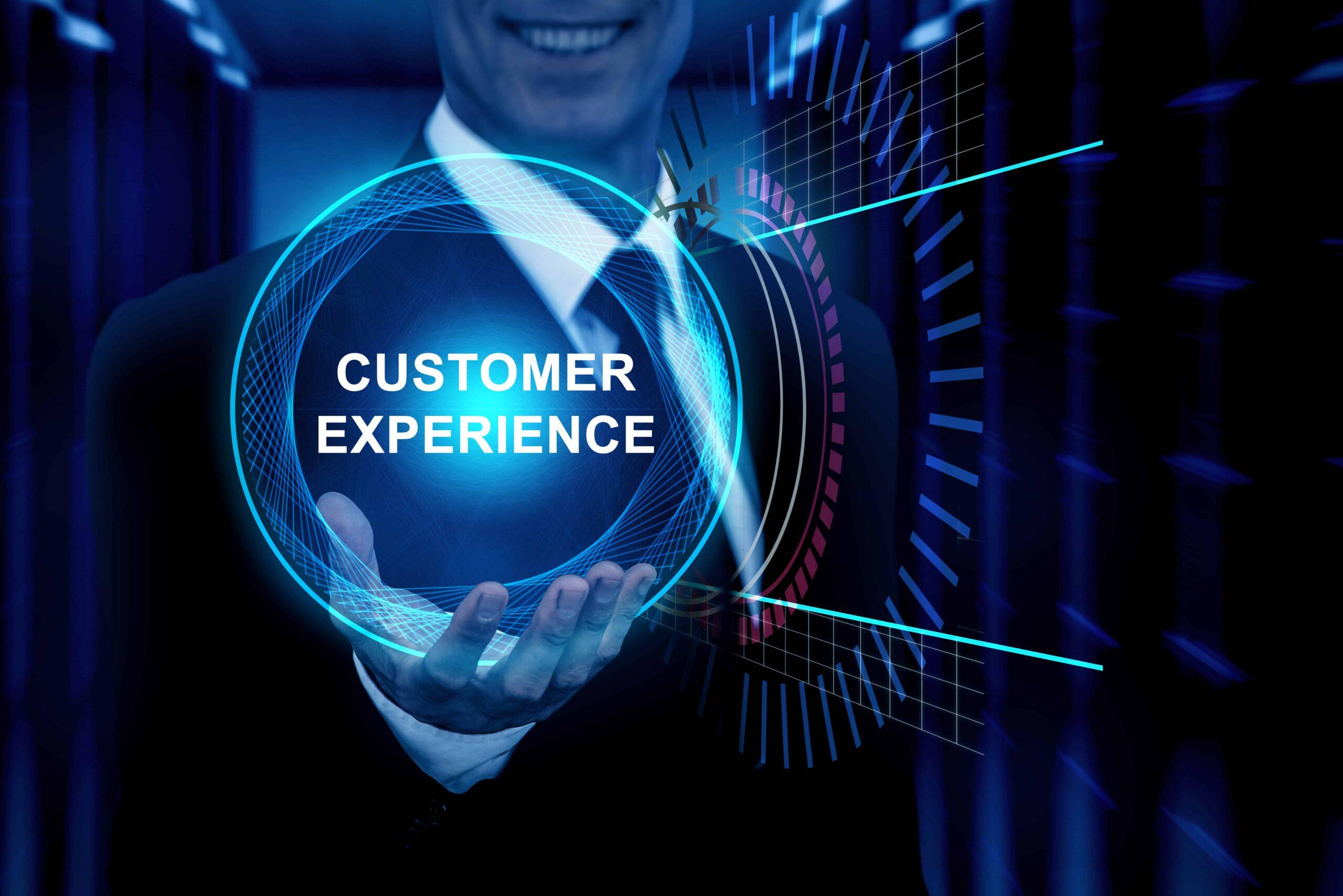
Maximizing Customer Convenience with Self-Service Kiosks
- Digitos DM
- October 20, 2023
- 2 years ago
Revolutionizing Customer Experiences with Self-Service Kiosks
In today’s fast-paced world, customers crave convenience, and businesses are constantly seeking innovative ways to meet their needs. Self-service kiosks have emerged as a game-changer, offering a seamless and efficient way for customers to interact with businesses. Let’s delve into the world of self-service kiosks and explore how they are transforming the customer experience landscape.
What Are Self-Service Kiosks?
Self-service kiosks are interactive touch-screen terminals that allow customers to perform a variety of tasks independently. These versatile kiosks are popping up in various industries, from retail to hospitality, healthcare, and beyond. They are designed to streamline processes, enhance customer service, and boost operational efficiency.
The Benefits of Self-Service Kiosks
1. Enhanced Efficiency
Self-service kiosks enable customers to complete tasks quickly and easily. Whether it’s checking in at a hotel, ordering food at a restaurant, or purchasing items at a store, these kiosks eliminate the need for lengthy queues and wait times. As a result, businesses can serve more customers in less time.
2. Improved Customer Satisfaction
Customers appreciate the control and convenience that self-service kiosks offer. They can personalize their experience, make choices at their own pace, and avoid the frustration of waiting in line. This leads to increased customer satisfaction and loyalty.
3. Streamlined Operations
For businesses, self-service kiosks mean smoother operations. They reduce the workload on staff, freeing them to focus on more complex tasks and providing exceptional service where human interaction is essential. This not only improves efficiency but also reduces operational costs.
Industries Embracing Self-Service Kiosks
Self-service kiosks are versatile and adaptable, making them a valuable addition to a wide range of industries:
1. Retail
In the retail sector, self-service kiosks have become a must-have for streamlining the checkout process. Customers can scan and pay for their items without the need for a cashier.
2. Hospitality
Hotels and restaurants use self-service kiosks for check-in, check-out, and ordering. Guests can access their rooms quickly, and diners can customize their orders with ease.
3. Healthcare
In healthcare, patients can check in for appointments, update their information, and access important documents through self-service kiosks, reducing administrative burdens.
4. Transportation
Airports and train stations have adopted self-service kiosks for ticketing, baggage check, and boarding passes, simplifying travel for passengers.
Making the Transition to Self-Service Kiosks
Businesses that have embraced self-service kiosks have seen substantial improvements in customer engagement, operational efficiency, and overall profitability. If you’re considering integrating these kiosks into your business, keep these key points in mind:
- User-Friendly Interface: Ensure that your self-service kiosk offers an intuitive and user-friendly interface. Customers should be able to navigate through the options effortlessly.
- Maintenance: Regular maintenance and updates are crucial to keep your kiosks running smoothly and securely. Technical glitches can deter customers.
- Security: Implement robust security measures to protect customer data and maintain their trust. Security breaches can be disastrous for your business.
- Customer Support: While self-service kiosks reduce the need for constant staff presence, having support readily available for customers who may require assistance is essential.
Final Words
Self-service kiosks are reshaping the way businesses interact with customers. These innovative solutions offer efficiency, convenience, and enhanced customer satisfaction. Embracing this technology can set your business apart in a competitive marketplace and ultimately drive success. As you consider integrating self-service kiosks, remember that it’s a step toward a more customer-centric and efficient future.


